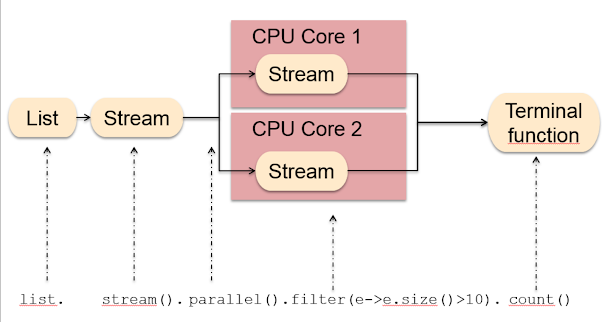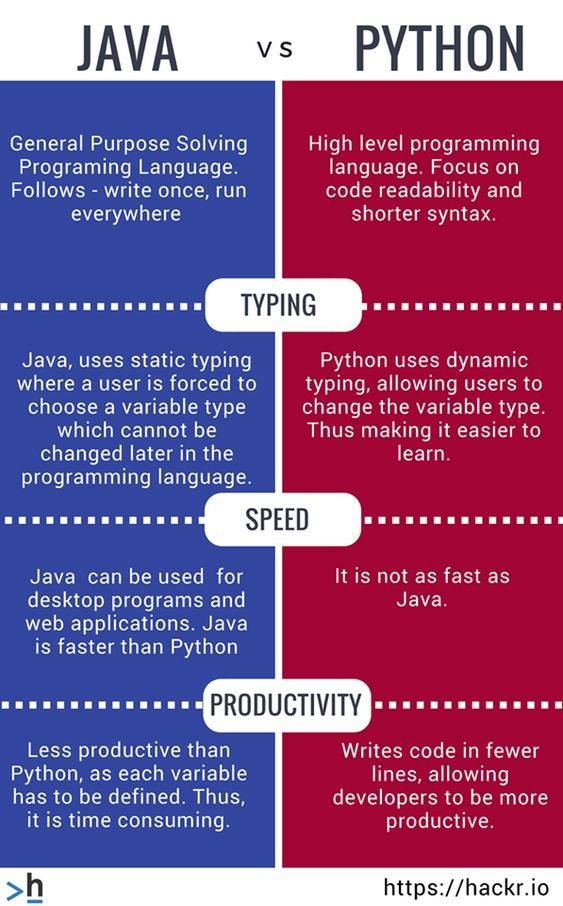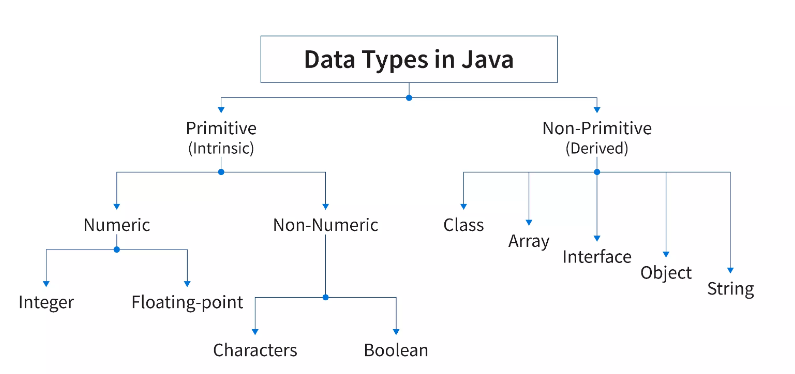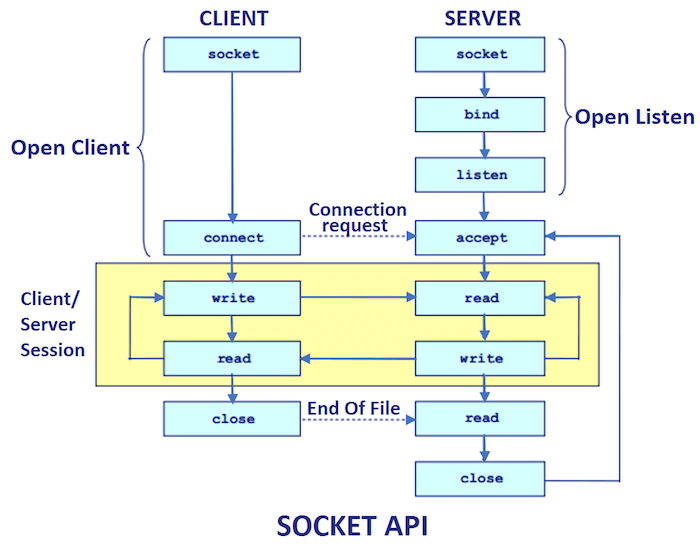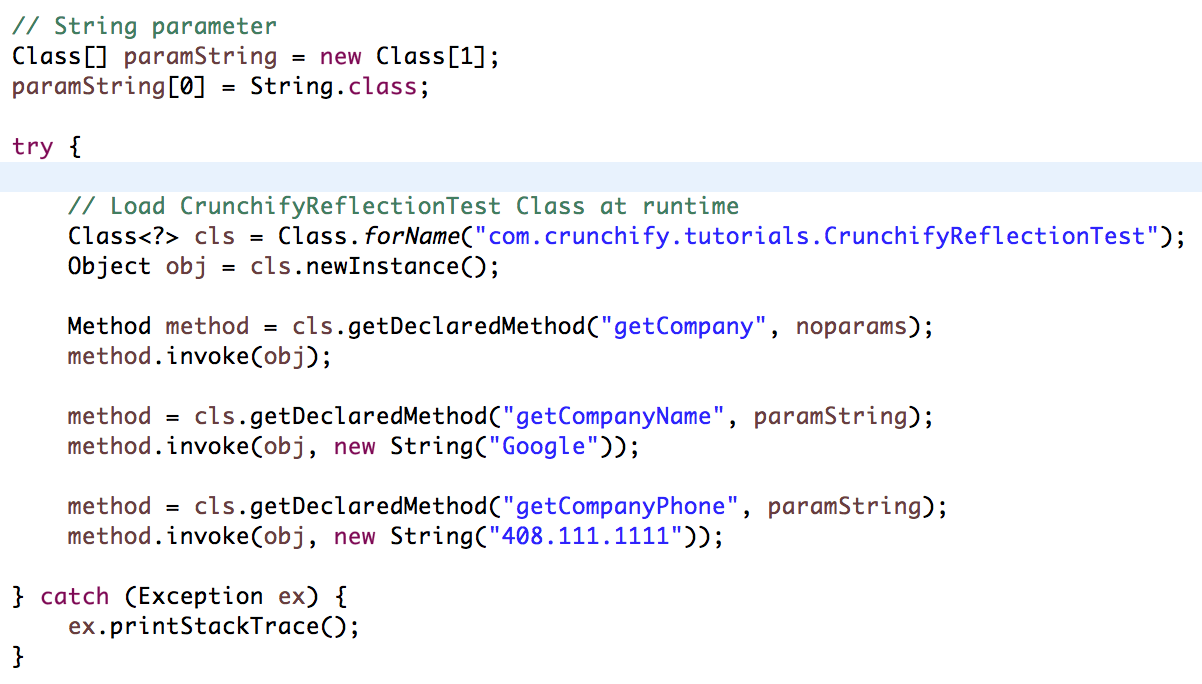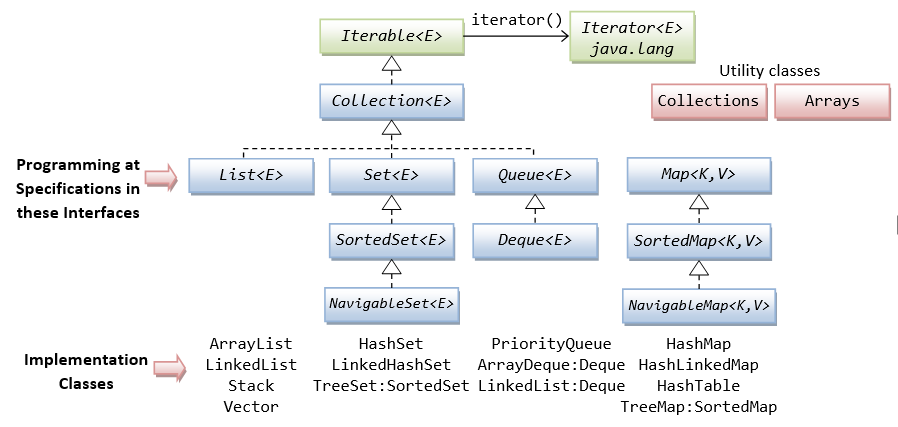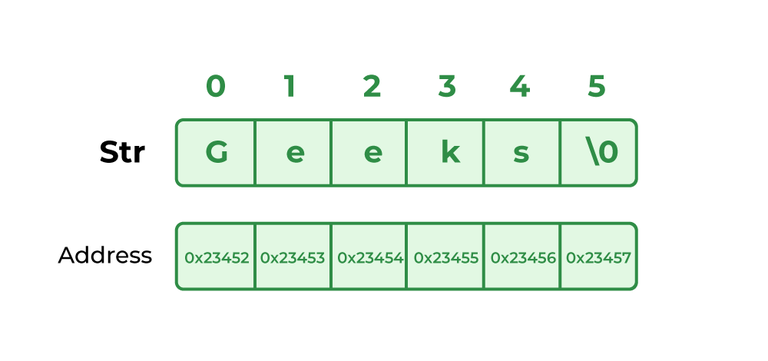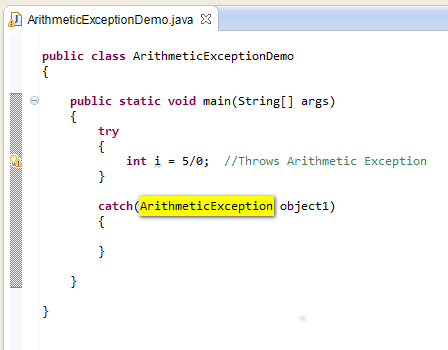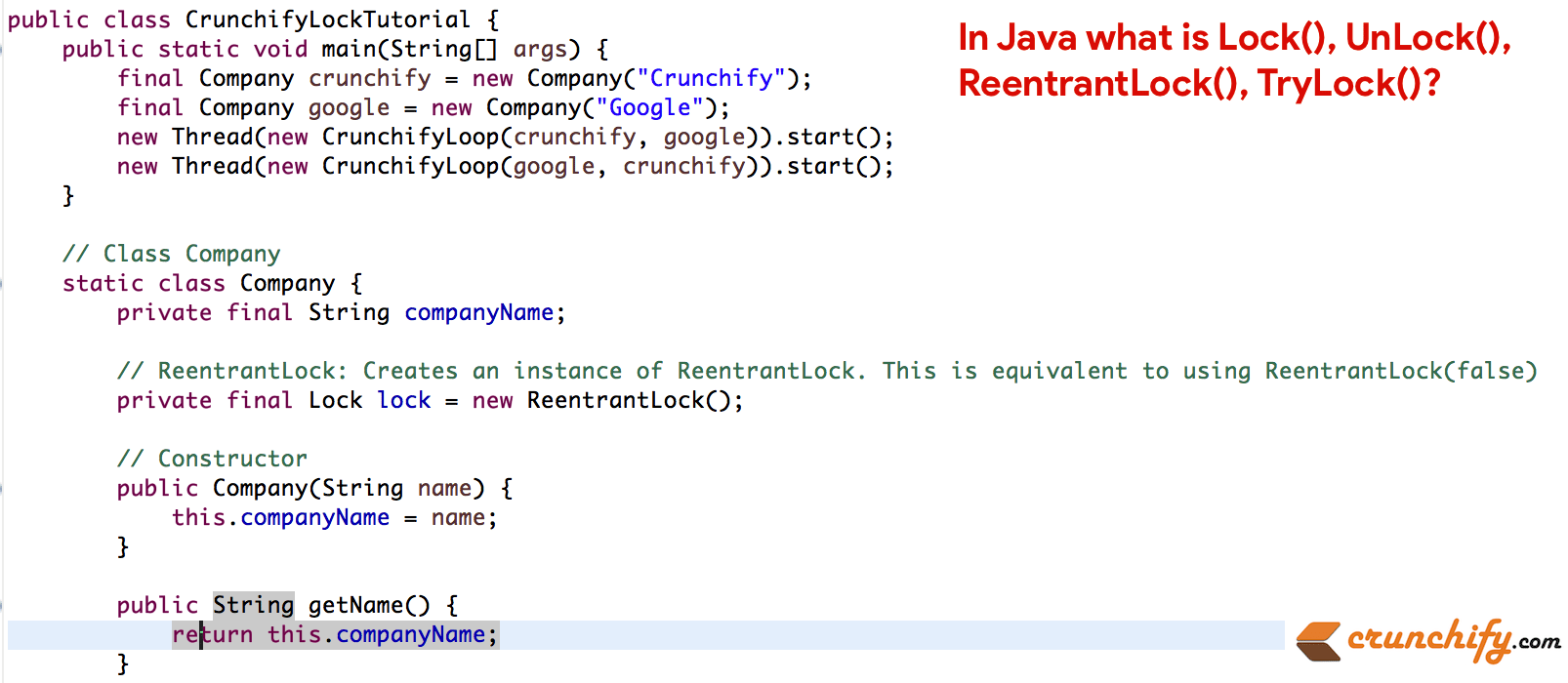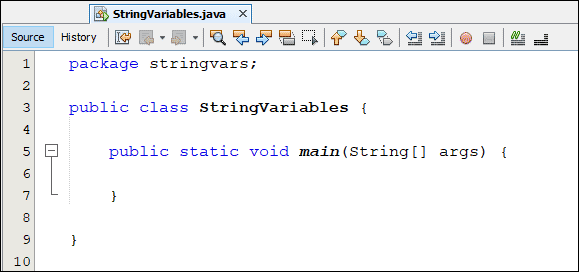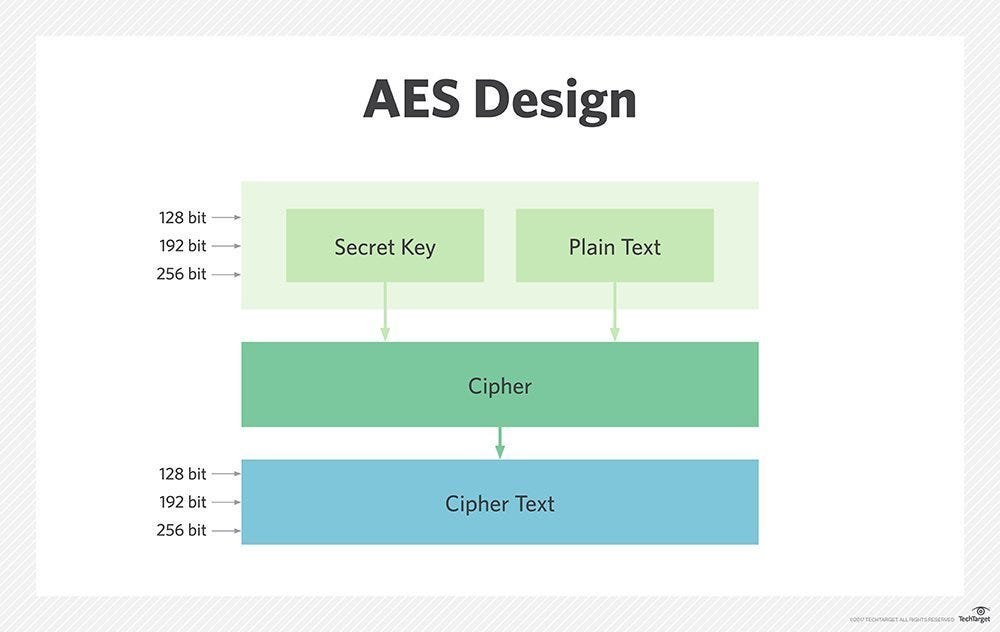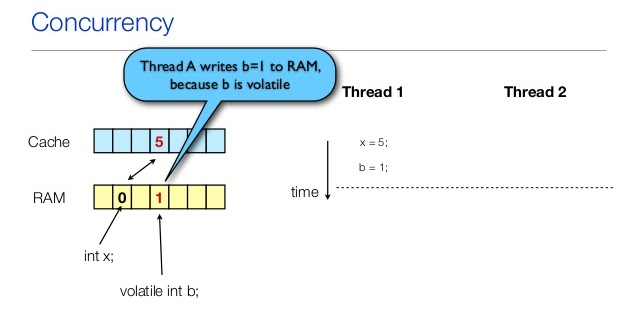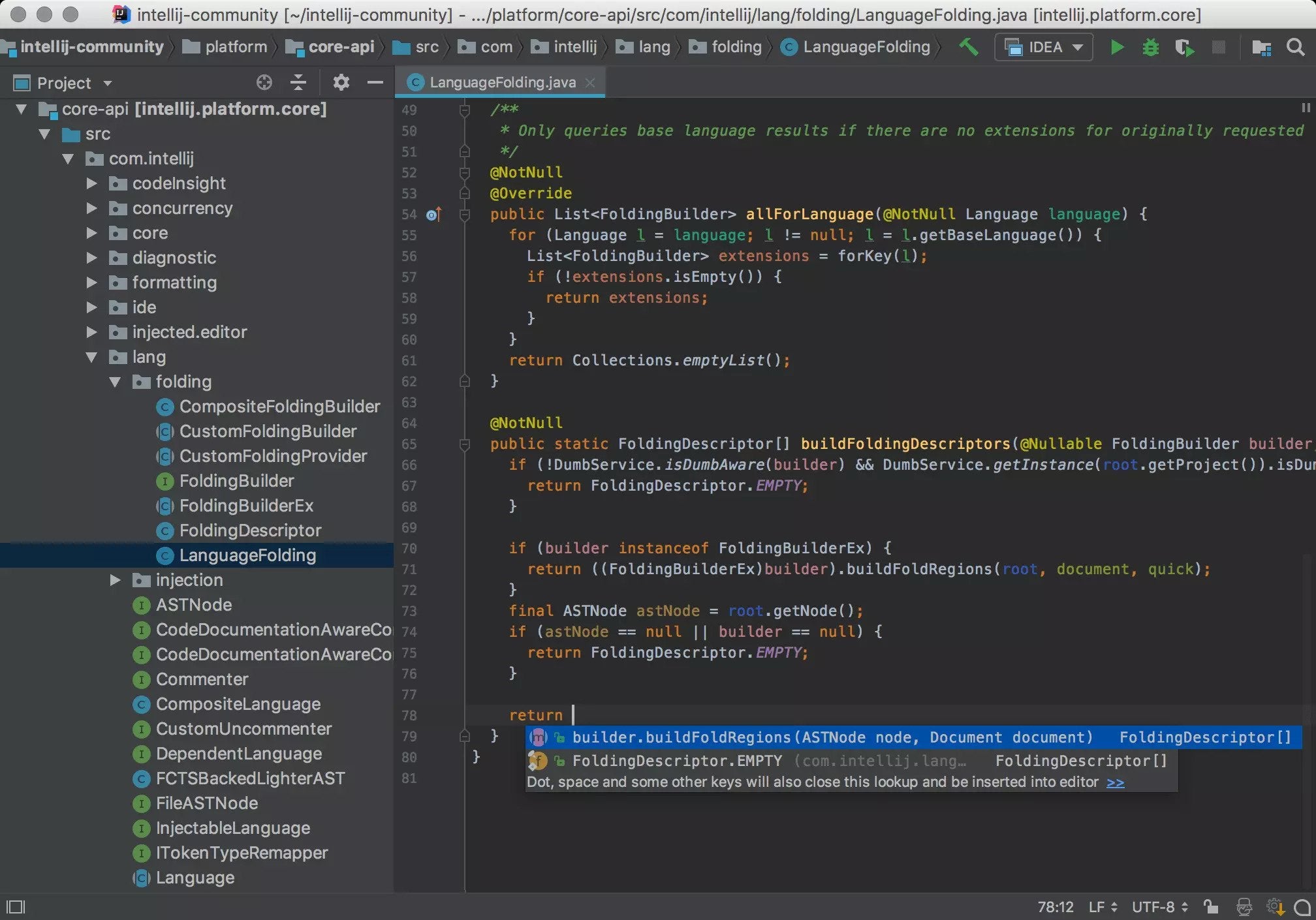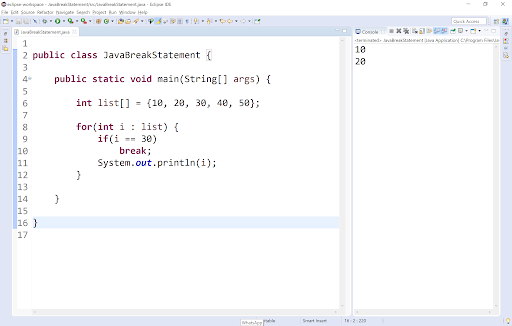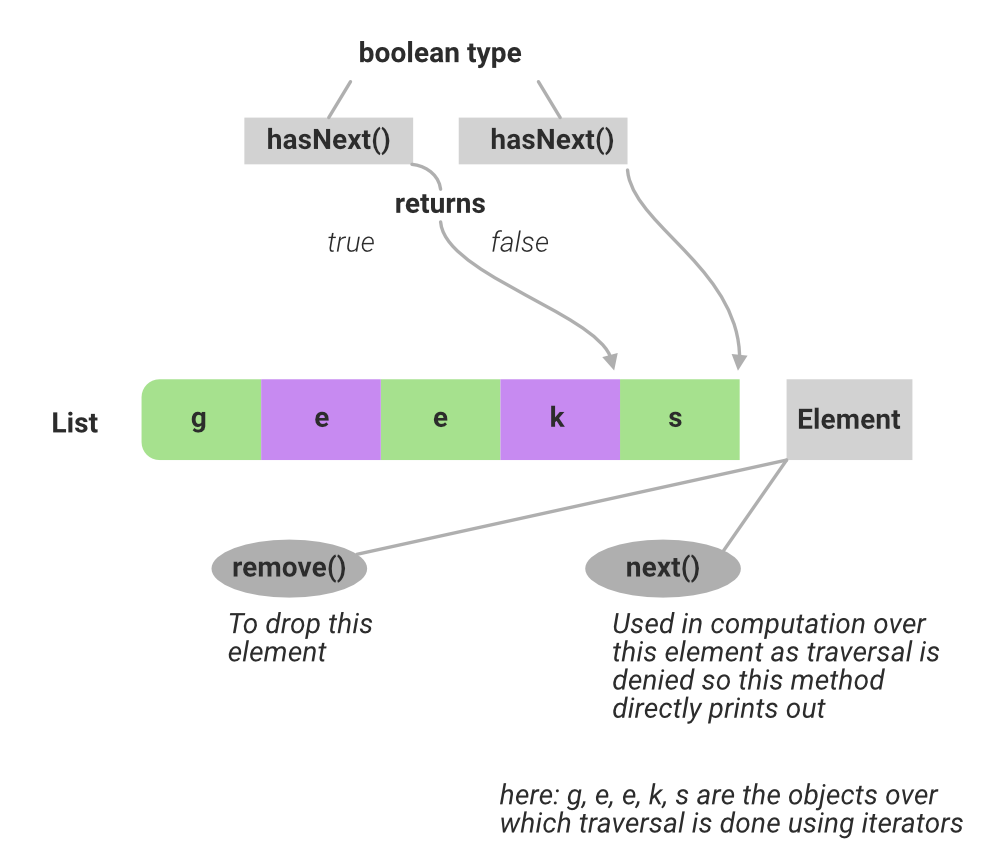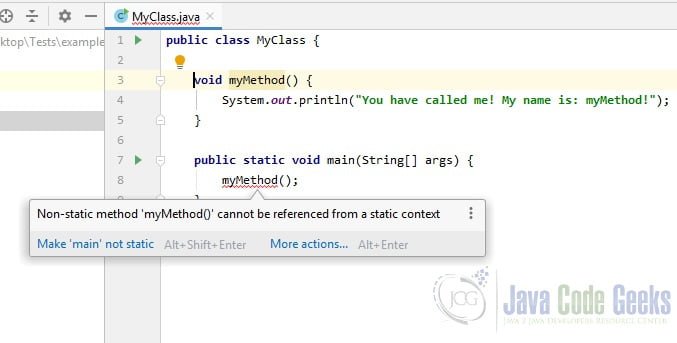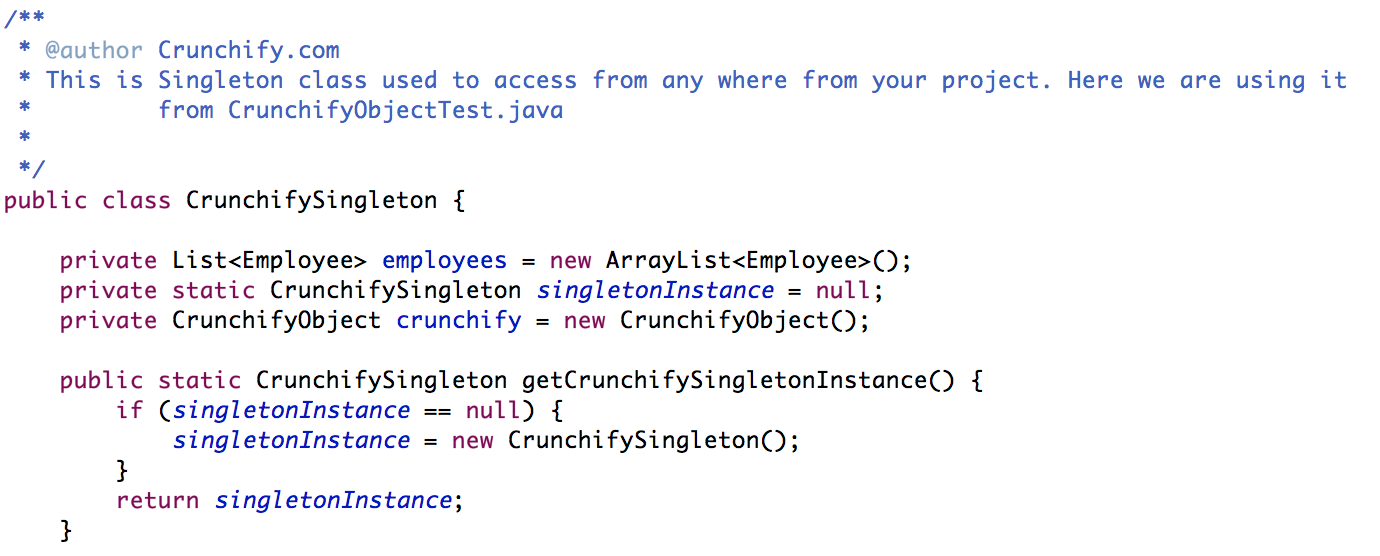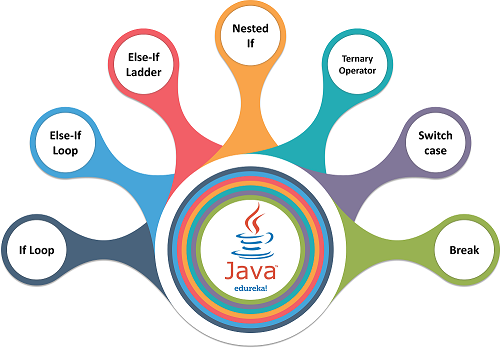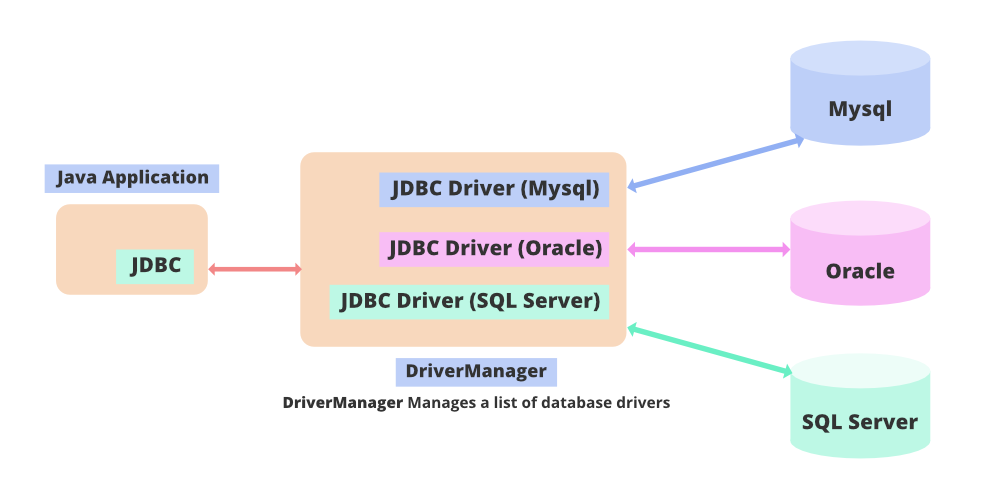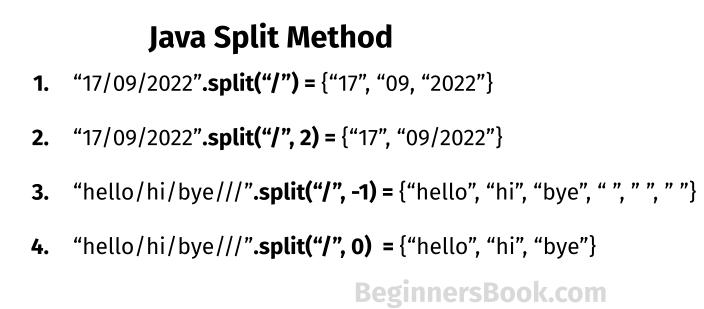singleton class in java example with synchronized
singleton class in java example with synchronized

Here's an example of a singleton class in Java that uses the synchronized keyword to ensure thread safety:
public class Singleton {private static Singleton instance;
private static final Object lock = new Object();
private Singleton() {}
public static Singleton getInstance() {
if (instance == null) {
synchronized (lock) {
if (instance == null) {
instance = new Singleton();
}
}
}
return instance;
}
}
In this example, the Singleton class has a private constructor to prevent instantiation from outside the class. The getInstance() method is used to obtain the singleton instance.
The key aspect of this implementation is the use of synchronized and a lock object (lock) to ensure thread safety. Here's what happens when multiple threads call getInstance() concurrently:
if (instance == null). One of the threads acquires the lock using synchronized (lock). Let's assume it's Thread A. Meanwhile, other threads also try to acquire the lock, but they are blocked until the lock is released by Thread A. When Thread A creates a new instance (instance = new Singleton();), all other threads that were waiting for the lock will also get the same instance created. Once an instance is created, any subsequent calls to getInstance() will return the already-created instance, rather than creating another one.
This implementation ensures that only one instance of the Singleton class is created, even in a multi-threaded environment. However, it's worth noting that this approach can introduce performance overhead due to the use of synchronization primitives.
To further optimize performance, you could consider using a "Double-Checked Locking" (DCL) pattern:
public class Singleton {private static Singleton instance;
private static final Object lock = new Object();
private Singleton() {}
public static Singleton getInstance() {
if (instance == null) {
synchronized (lock) {
if (instance == null) {
instance = new Singleton();
}
}
}
return instance;
}
}
In this variation, the first check if (instance == null) is executed twice: once outside the lock and once inside. This eliminates the need for the innermost synchronized block to be executed repeatedly, which can improve performance.
Keep in mind that the singleton pattern can be problematic if you're not careful. For example:
It can introduce tight coupling between components that depend on the singleton. It can make it difficult to unit test code that uses singletons. In some cases, a singleton may not be the best design choice; for instance, when you need multiple instances of a class or when you want to encapsulate state.As with any pattern, the singleton should be used judiciously and carefully considered in the context of your specific problem domain.
Java singleton method

The Singleton design pattern!
A Singleton is a creational design pattern that ensures a class has only one instance and provides a global point of access to that instance.

Let's dive into the world of Singletons, specifically, how to implement one in Java.
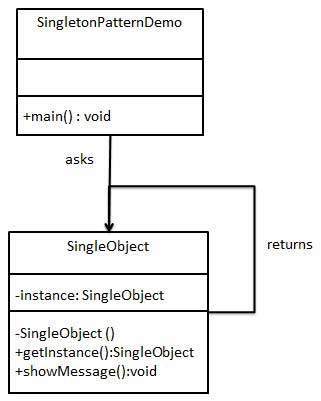
Why Singletons?
Imagine you have a class that represents a database connection. You want to ensure that there is only one connection to the database at any given time. If multiple instances of this class were created, it would lead to errors and inconsistencies. By using a Singleton pattern, you guarantee that there is only one instance of this class, making your code more robust and predictable.
The Basic Idea
Here's a simplified outline of how a Singleton works:

getInstance()) provides access to the single instance.
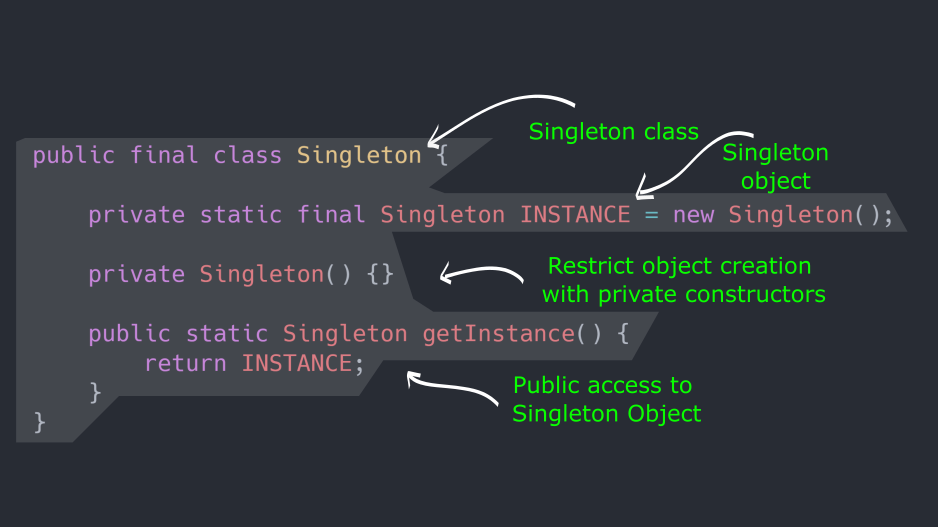
Java Implementation
Here's a sample implementation of a Singleton class in Java:
public class DatabaseConnector {
private static DatabaseConnector instance;
private static synchronized DatabaseConnector getInstance() {
if (instance == null) {
instance = new DatabaseConnector();
}
return instance;
}
private DatabaseConnector() {}
public void connect(String databaseUrl) {
// implementation of connecting to the database
}
public void disconnect() {
// implementation of disconnecting from the database
}
}
How it Works
Here's what happens when you use this Singleton:
The first time you callgetInstance(), the static method creates a new instance of DatabaseConnector and assigns it to the instance variable. Subsequent calls to getInstance() simply return the existing instance, without creating a new one.
Benefits
By using a Singleton pattern in Java:
Guaranteed Single Instance: You ensure that there is only one instance of your class, eliminating errors caused by multiple instances. Global Point of Access: The public accessor method provides a convenient way to access the single instance from anywhere in your code.Important Note
Keep in mind that the Singleton pattern has its limitations. For example:
Thread Safety: If your Singleton is not thread-safe, it can lead to unexpected behavior or errors. Testing Challenges: Singletons can make testing more difficult since they often rely on static instances and global access.In conclusion, the Singleton design pattern is a powerful tool in Java that helps you create robust and predictable code by ensuring a single instance of a class. By following these guidelines and considering potential limitations, you'll be well-equipped to implement effective Singletons in your Java applications.
Hope this helps!



